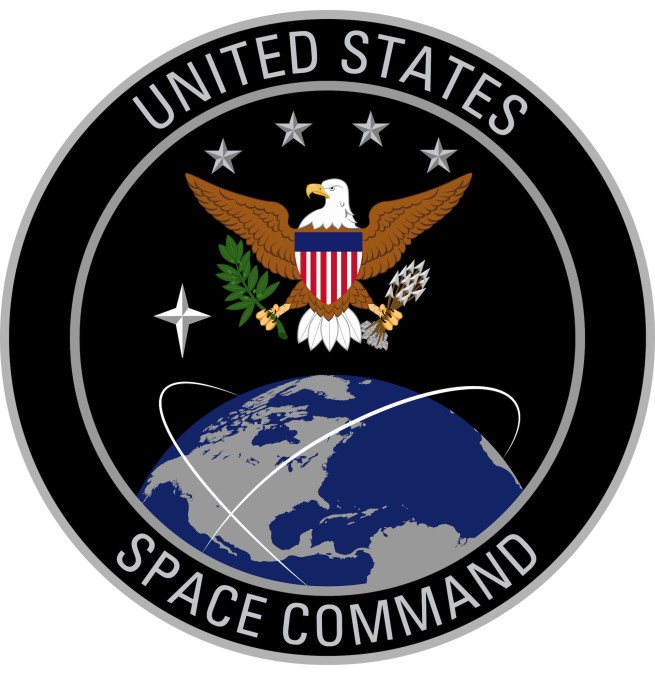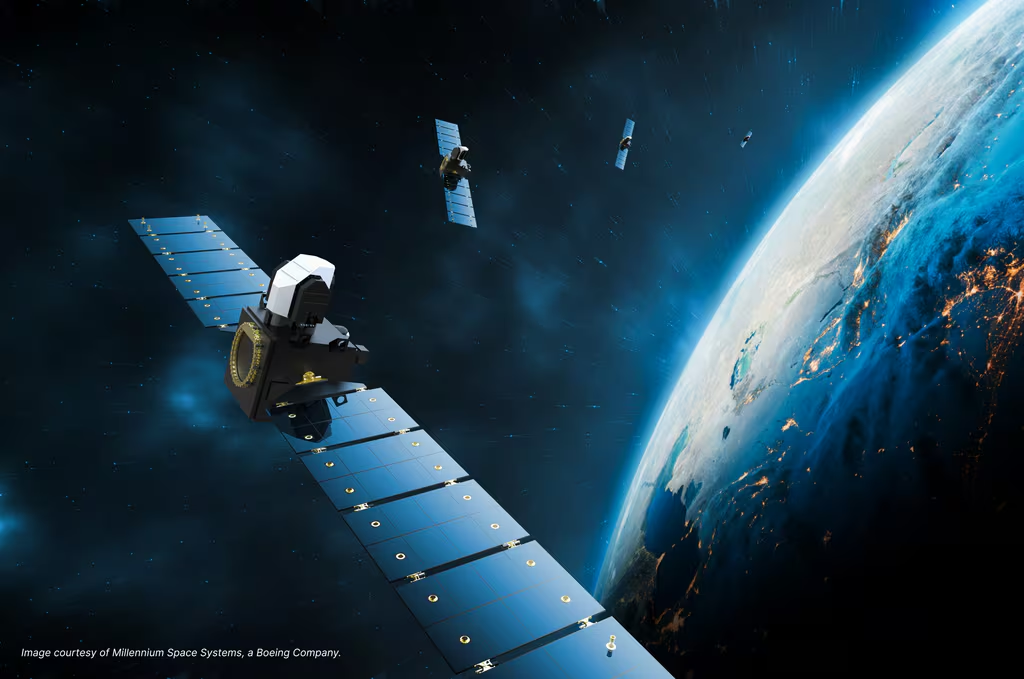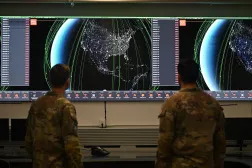Space Command stands up new simulated environment for wargaming

COLORADO SPRINGS, Colo. — U.S. Space Command has created a dedicated modeling and simulation tool — dubbed the Capability Assessment and Validation Environment (CAVE) — to assist how the organization plans for and analyzes its operations.
“CAVE is our modeling and simulation laboratory which enables us to perform analysis on warfighting, on plans [and] on campaigning,” Spacecom Commander Gen. Stephen Whiting said Tuesday during his keynote at the annual Space Symposium. “We’ll use that to derive better ways of deterring and planning to conduct operations for a war that’s never happened, and a war we don’t want to happen.”
The platform recently achieved minimum viable capability at the combatant command’s headquarters in Colorado Springs, Whiting told DefenseScoop during a media roundtable following his speech.
“CAVE is really an office, if you will,” he said. “It’s both a modeling and simulation platform, but it’s also the modeling and simulation experts and analytics experts who can help us model our warfighting plans, our operations and our campaigning.”
As space continues to gain significance as a warfighting domain, both Space Command and the Space Force have highlighted the need for accurate modeling and simulation capabilities that can accurately replicate the space environment — particularly for training guardians and conducting wargames.
Separately from Spacecom’s CAVE, the Space Force is developing its own digital engineering ecosystem platform known as SpaceDEN. The tool will allow the service “to identify capability gaps, performance requirements and acquisition strategies to meet emerging threats,” according to the military branch.
CAVE, on the other hand, appears to be tailored more towards the operational needs of Spacecom. Along with conducting wargames for operations in space, Whiting said the platform will be used to understand Spacecom’s requirements and how space will fit into future joint warfighting scenarios across all domains.
“At fully operational capability, we’ll be able to assess all of our operations at all classification levels,” Whiting said. “Today, we can do a subset of that, and it’s an important subset, but we still need to grow that. But I think we’re on a good path.”
The command doesn’t have a defined timeline for when it wants to see CAVE reach FOC, he said, but it plans to continue building out the platform beyond minimum viable capability throughout 2024.






